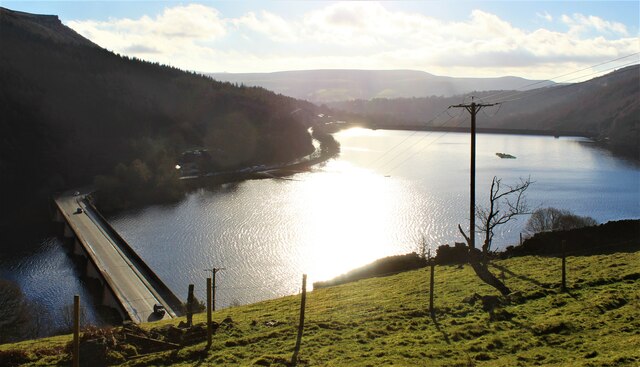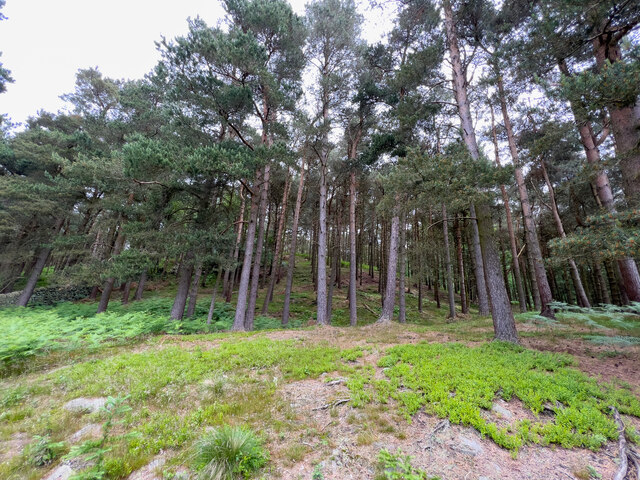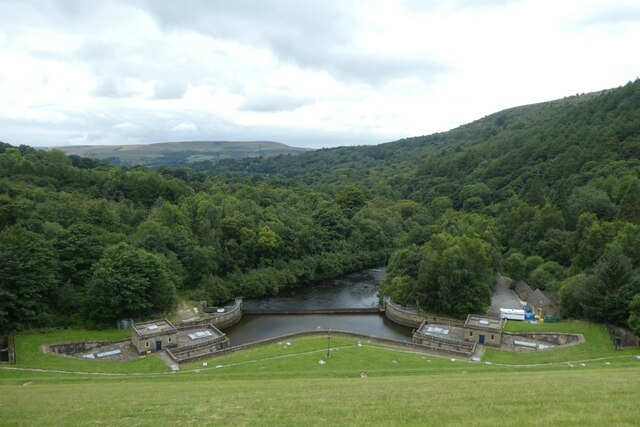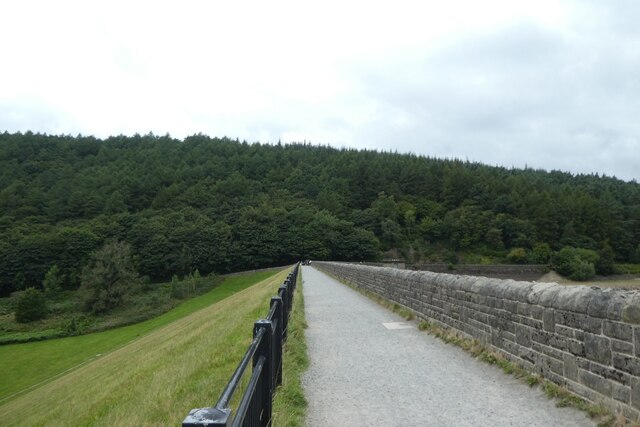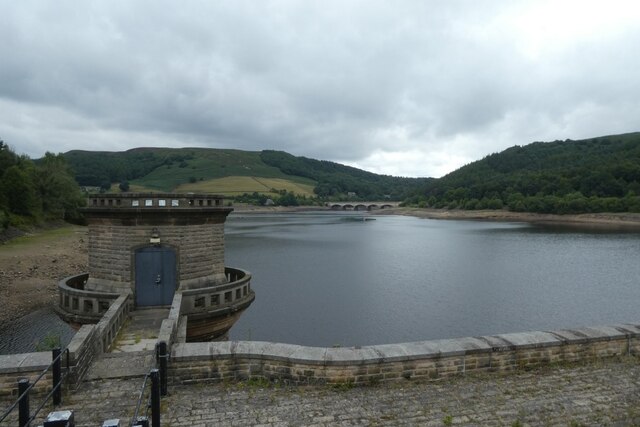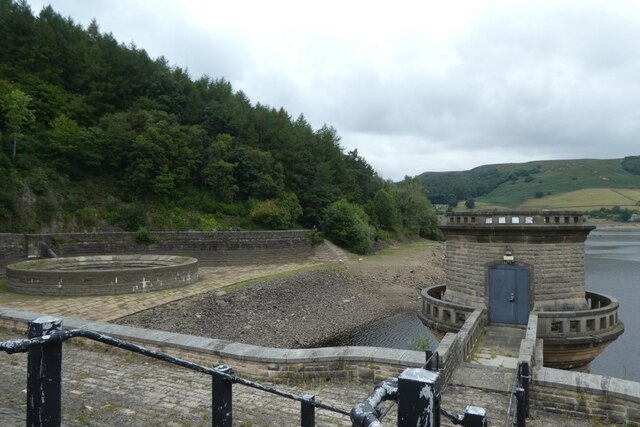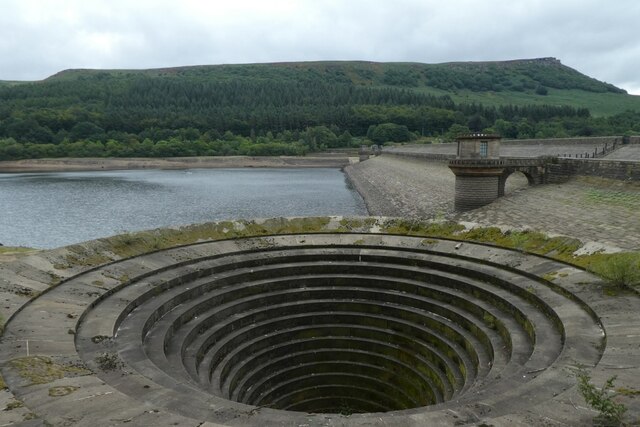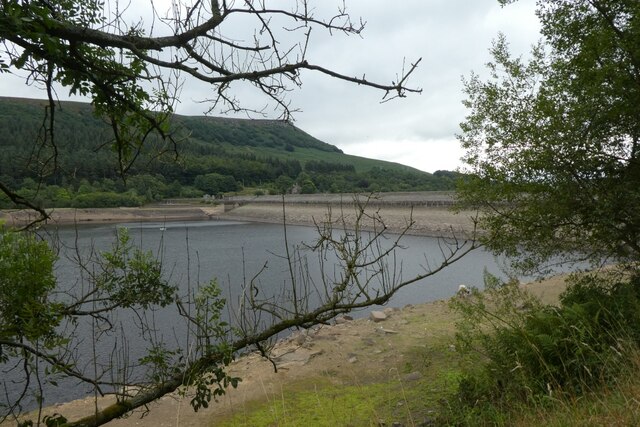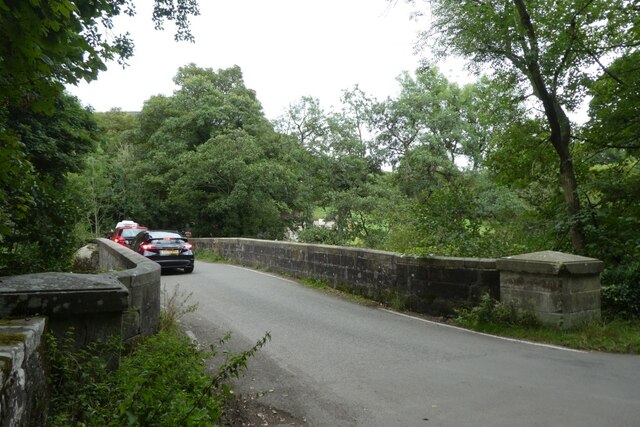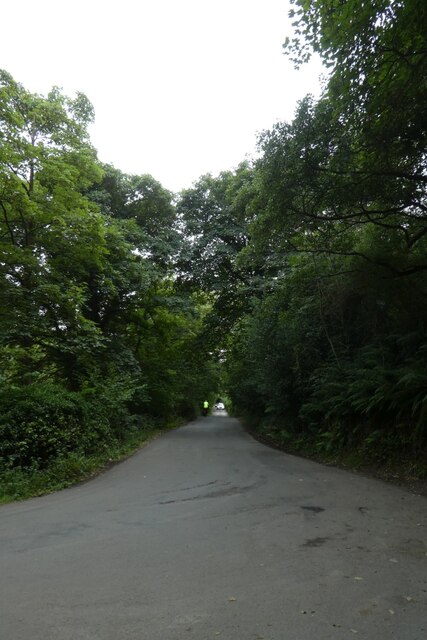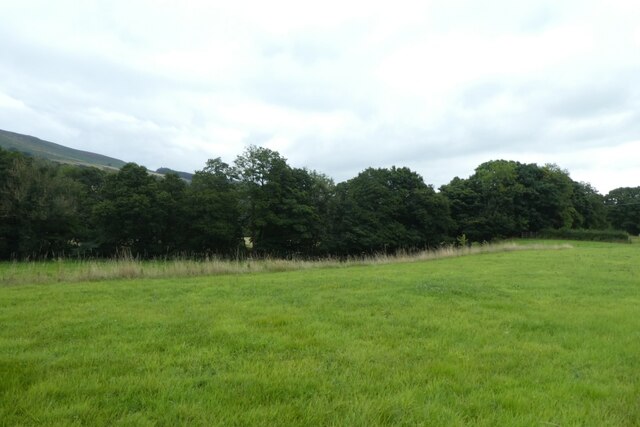Bamford Moor
Downs, Moorland in Derbyshire High Peak
England
Bamford Moor
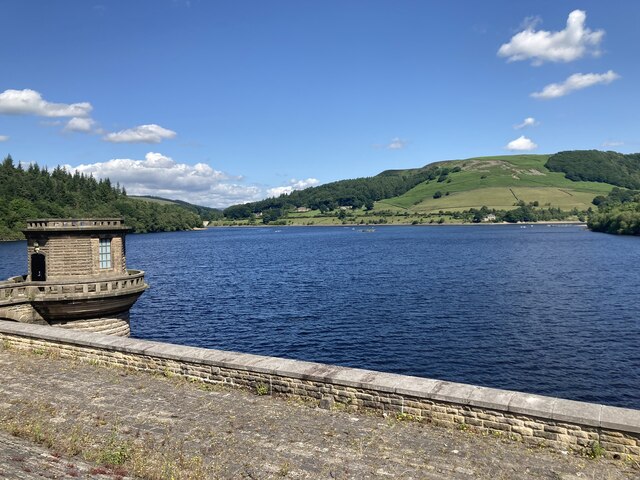
Bamford Moor is a picturesque area located in Derbyshire, England. Situated in the heart of the Peak District National Park, it is renowned for its stunning natural beauty and diverse landscapes. The moorland stretches over an area of approximately 5 square kilometers and is characterized by rolling hills, heather-covered slopes, and vast expanses of open space.
The terrain of Bamford Moor consists of both gentle and steep slopes, offering breathtaking views of the surrounding countryside. The area predominantly features acidic peat soils, which contribute to the growth of unique flora and fauna. Visitors can expect to encounter a variety of plant species, including heather, bilberry, and cotton grass, which add vibrant colors to the landscape.
Bamford Moor is also home to a diverse range of wildlife. Birdwatchers will be delighted to spot species such as the red grouse, curlew, and skylark, which thrive in the moorland environment. The area is also known for its population of mountain hares, which can occasionally be seen darting across the hills.
Beyond its natural beauty, Bamford Moor offers numerous recreational opportunities for visitors. Hiking and walking trails crisscross the area, providing access to stunning viewpoints and hidden valleys. The moorland is also a popular destination for birdwatching, photography, and nature enthusiasts seeking tranquility and solitude.
Overall, Bamford Moor is a stunning and diverse landscape within the Peak District National Park, attracting nature lovers and outdoor enthusiasts alike with its breathtaking views, unique flora and fauna, and recreational opportunities.
If you have any feedback on the listing, please let us know in the comments section below.
Bamford Moor Images
Images are sourced within 2km of 53.36551/-1.6836743 or Grid Reference SK2185. Thanks to Geograph Open Source API. All images are credited.

Bamford Moor is located at Grid Ref: SK2185 (Lat: 53.36551, Lng: -1.6836743)
Administrative County: Derbyshire
District: High Peak
Police Authority: Derbyshire
What 3 Words
///radiated.voters.including. Near Hope Valley, Derbyshire
Nearby Locations
Related Wikis
Nearby Amenities
Located within 500m of 53.36551,-1.6836743Have you been to Bamford Moor?
Leave your review of Bamford Moor below (or comments, questions and feedback).
